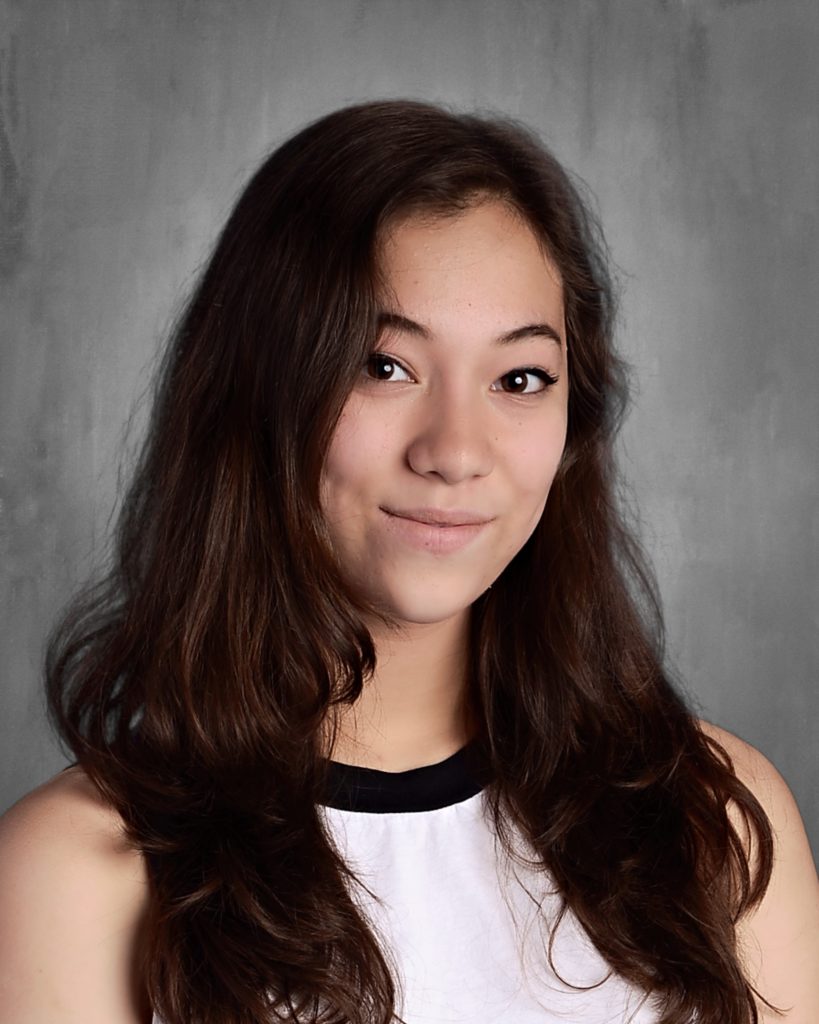Amy Cachero was twelve years old when a family friend noticed that her back seemed to be significantly curved. The friend, a physiotherapist, recommended that she be evaluated for scoliosis. At that suggestion, her parents sought out information at a physiotherapy center in her hometown of Ottawa, Canada. Doctors there told Amy that the curve of her spine was at 48 degrees. Subsequently, she visited an orthopedist who advised that the family “watch and wait”. In other words, they would continue to closely monitor her condition to determine whether or not surgery would be necessary in the future.
At that time Amy’s parents were understandably anxious about subjecting their young daughter to surgery. They hoped to find less invasive treatment options. While at the center in Ottawa, Amy attended a support group for girls diagnosed with scoliosis. It was in one of these sessions that she first heard about Luke Stikeleather and the National Scoliosis Center. In an effort to understand non-surgical treatment options, Amy and her family set out to meet Luke and his team.
At the National Scoliosis Center, Stikeleather fitted Amy with the Rigo Cheneau brace. She recalls the experience of getting the brace as very positive. “Luke definitely allowed me to be involved in all aspects of the process of creating my brace”, she says. “He showed me all the steps involved and allowed me to check out different patterns. It was a really great experience.”
Initially Amy wore her brace almost 24 hours a day. Later she was fitted for a second one to wear solely at night. This brace would straighten her curve at a more aggressive rate.
Social interaction and peer approval are at the forefront of most young adolescents’ minds. Therefore, in the beginning, Amy had some trepidation about wearing a brace.
“I was a little nervous at first about finding clothes that fit over the brace to conceal it, but eventually all my friends got used to it and so did I.”
Luckily, as an active dancer and gymnast, she found that her activities were minimally limited. Amy continued all of the athletic pursuits she had before her diagnosis.
“The brace was easy to get in and out of for dance and other activities. I really never had any issues socially,” she says.
Amy is now sixteen years old and has been out of her brace for two years. Her curve is now at 34 degrees. Her advice for those newly diagnosed with scoliosis and facing a similar journey, she says “there is nothing to be scared of and that patients and their families should definitely seek out all recommendations, weigh all options, and be as educated as possible when working out a treatment plan with their medical team.”
“At the National Scoliosis Center I really felt that the orthotists and staff paid special attention to each person and that they set out to meet each patient’s specific needs. There was even art on the walls created by previous patients. You could really tell they cared about each one as a person. It was a great experience.”
